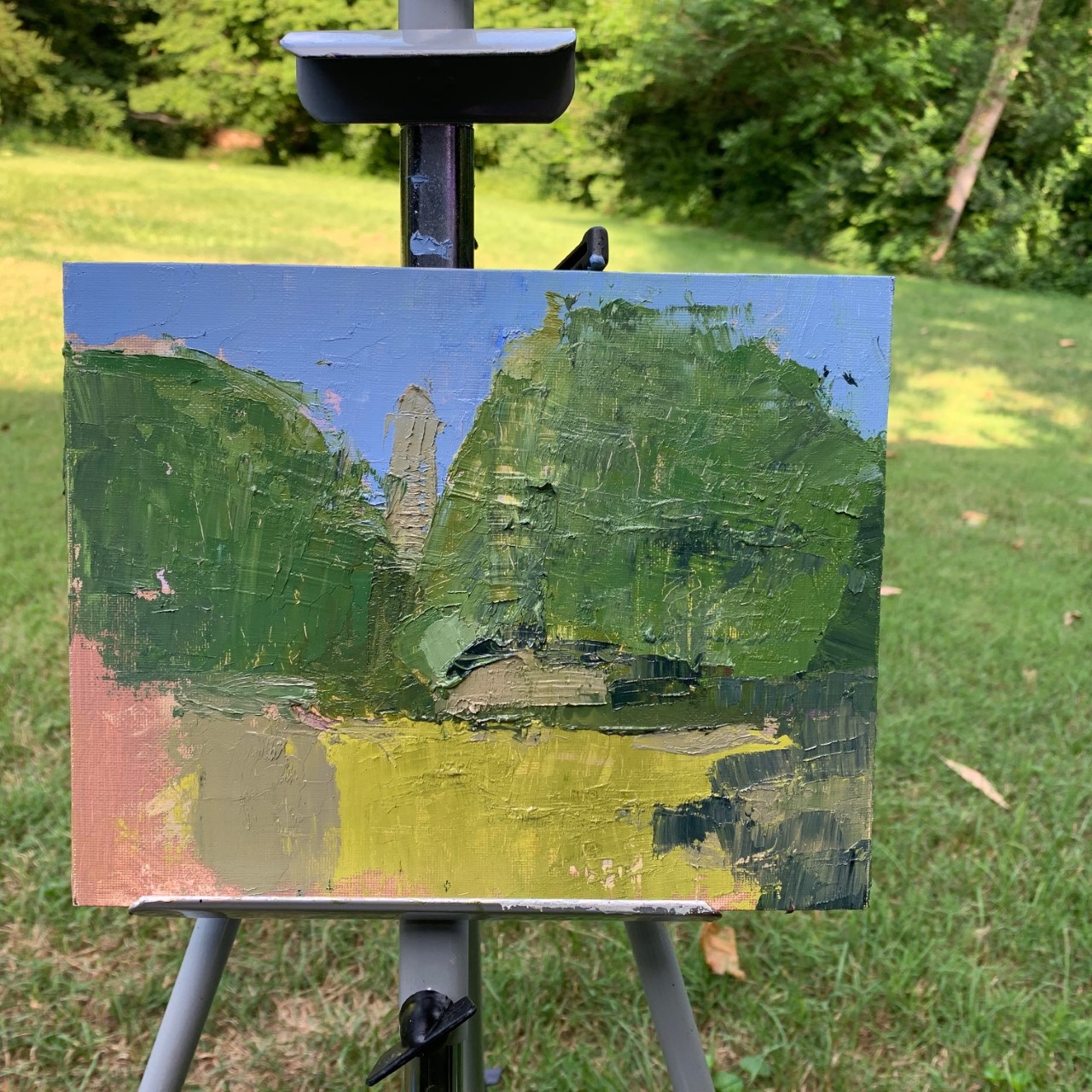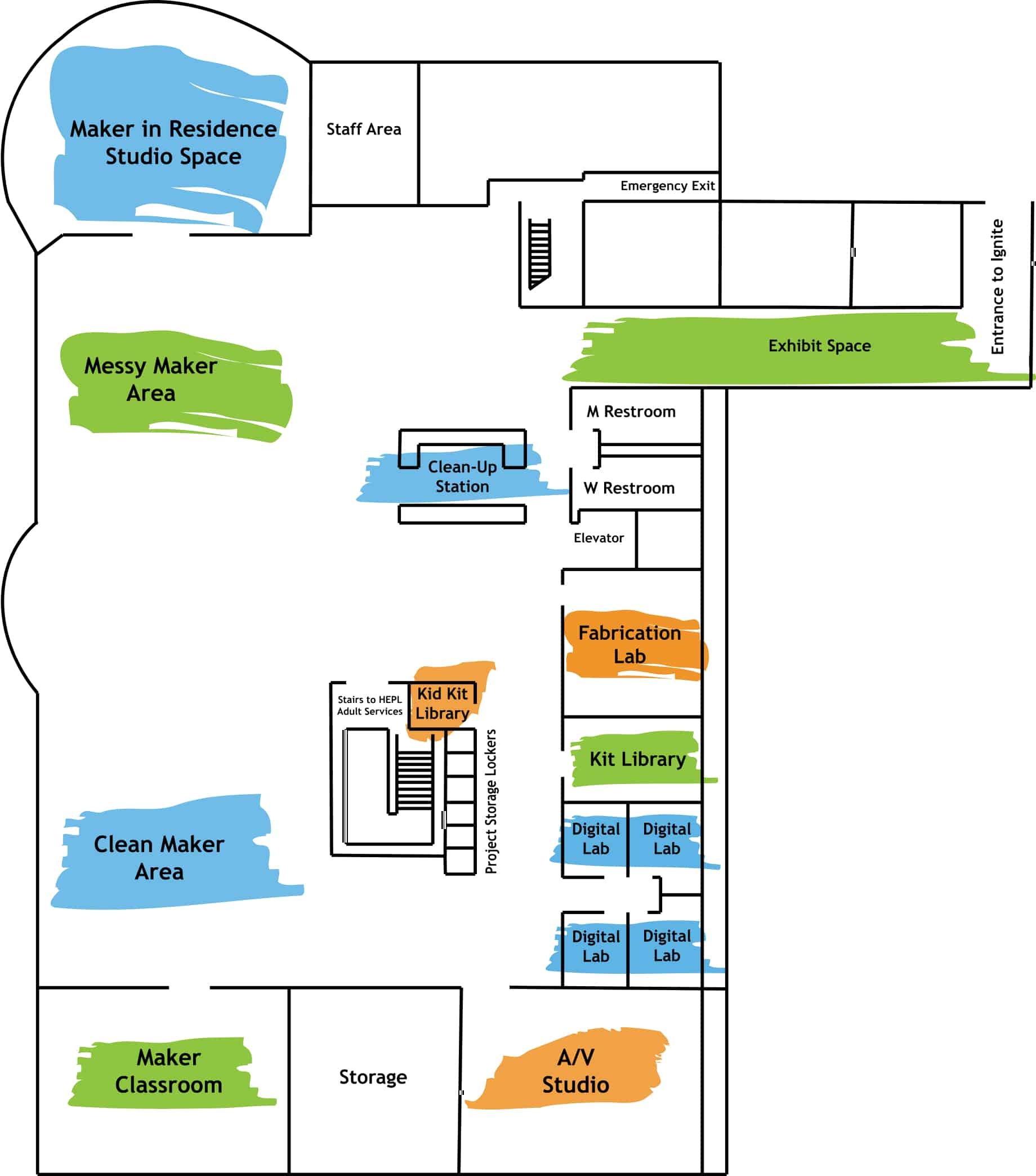By Syndey Brink
Welcome back to Ignite’s plein air series! Posts so far have gone over positive and negative shapes through contour drawing and using monochrome painting to find your values. You have the building blocks now to step into the wonderful world of color! This blog is a little longer than usual, but stick with us to get your start painting outdoors.
Going out into the world to paint plein air can be daunting. Hopefully, you feel more comfortable with the process of setting a painting up and finding a composition that’s right for you. But what do you need to actually paint? Here are the materials I bring:
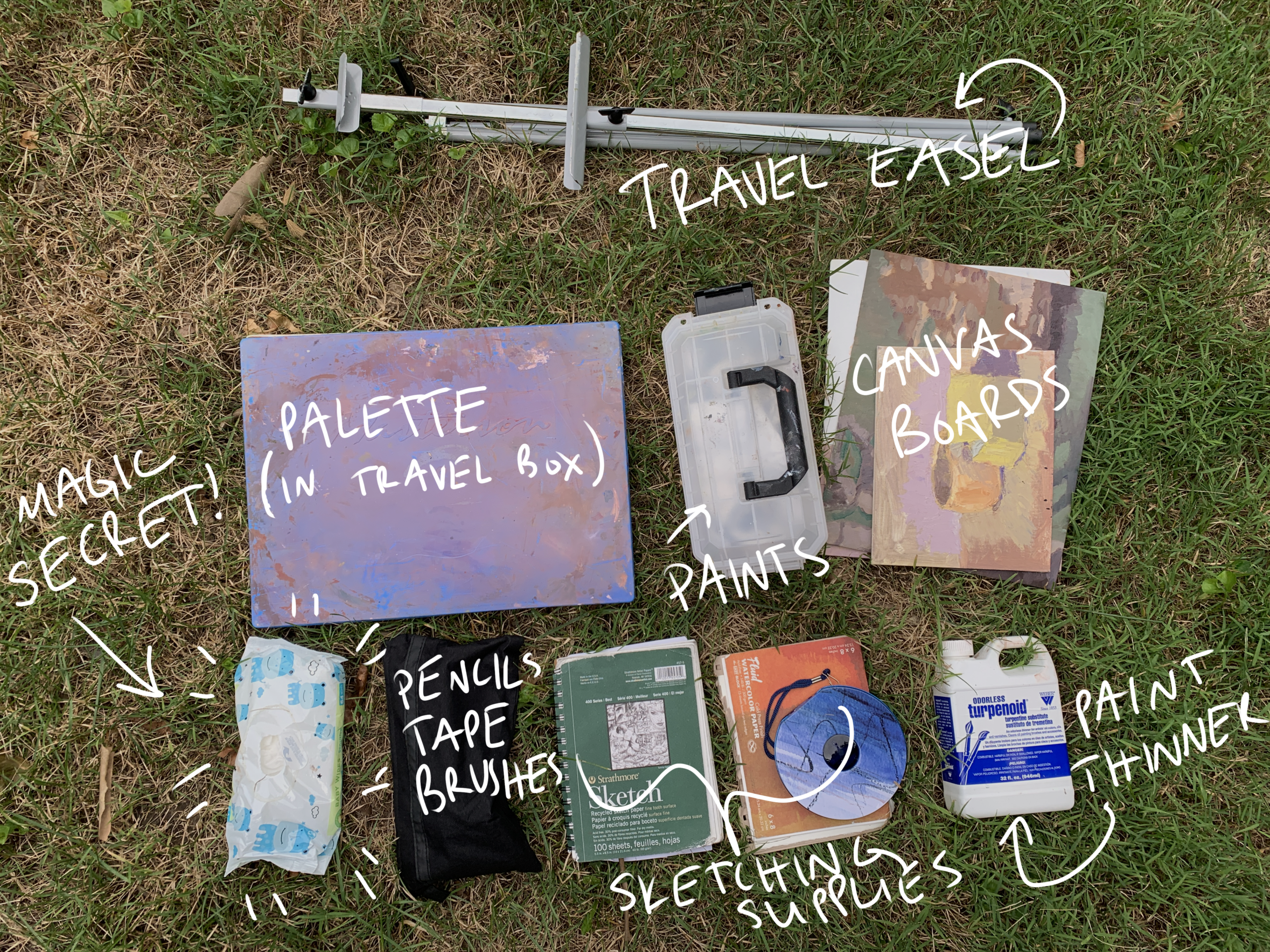
- A travel easel.
- Canvas boards: They take up less space than stretched canvases.
- A box of oil paints and paint thinner.
- A palette: I keep my palette in a travel box. It saves my paint until I can get home and clean up.
- Sketching supplies: I bring these in case I feel more suited to doing some quick studies instead of a longer painting.
- Finally, my little trick…baby wipes! You should not go out without baby wipes if you are using oil paint! Plein air painting can get incredibly messy, and oil paint is hard to remove. It’s great for cleaning up your hands, your palette knives, your brush handles, and your easel, and since you’re outdoors, you might need to use them for mud or dirt removal too!
Getting Started
- After you have done your composition and value sketches as outlined in previous blogs, set up your paint palette: Setting up your palette for painting outdoors is easier than it seems. You really only need a handful of paints—Below is a picture of my personal setup (forgive me for my stained palette!).

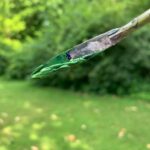
-
- The colors I use here are a relatively limited palette—only seven colors to do everything I need! You don’t need to lug a 48-color set into the wilderness to be a good painter—keeping yourself to a limited color palette is an excellent idea for beginners and pros alike. Notice how, for plein air painting, I don’t have a single form of green paint! It’s great practice in color mixing to make your own colors instead of relying on premade tubes. You will also get MUCH more authentic and realistic colors.
- The key to this is knowing your color wheel, lots and lots of practice, and checking your work. Use your palette knife to mix colors, not your brushes, and hold the color on the palette knife up to your surroundings to see if you have a match.
- Using a light color with lots of paint thinner in it, you can make a sketch of your composition.
- Finally, start mixing and blocking in your colors. With oil paints, you have a luxury not given by other forms of paint: you can work dark to light, instead of light to dark. Block in some of your darker colors first, then your midtones, then do your highlights.
Avoid Muddy Paintings

- Putting too much paint on the canvas at once can make it more difficult to get the definition between shapes and colors that you need. Be careful!
- Try doing some of your paintings with ONLY a palette knife! This will help you focus on your colors instead of getting caught up in details with brushwork. I did some landscape sketches with the acrylic painting kit from Ignite’s kit library previously.
- Ultramarine and burnt/raw umber mixed together in equal parts makes a very convincing dark and eliminates the need for black. A common pitfall for artists is adding black to create a darker version of the color. Don’t do that! More often than not you’ll end up with an extremely flat painting. Lots of practice and a critical eye will help you see color in shadows instead. Your shadows will change color based on the weather, time of day, and reflections.
- This might be considered cheating to some, but if you feel your painting is falling flat and can’t figure out why, take out your phone and use your camera to look at your painting in black and white (true black and white, not a filter). This is where our India ink value studies from earlier can come in handy—good contrast between light values and dark values is what makes a good landscape painting.
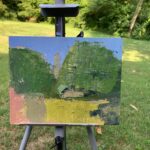
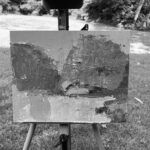
Go outside and have fun! You can always scrape a canvas or paint over it if you’re not pleased with the results, but remember, any practice is good practice! If you have questions or comments feel free to ask away on our Ignite Community Facebook page!

